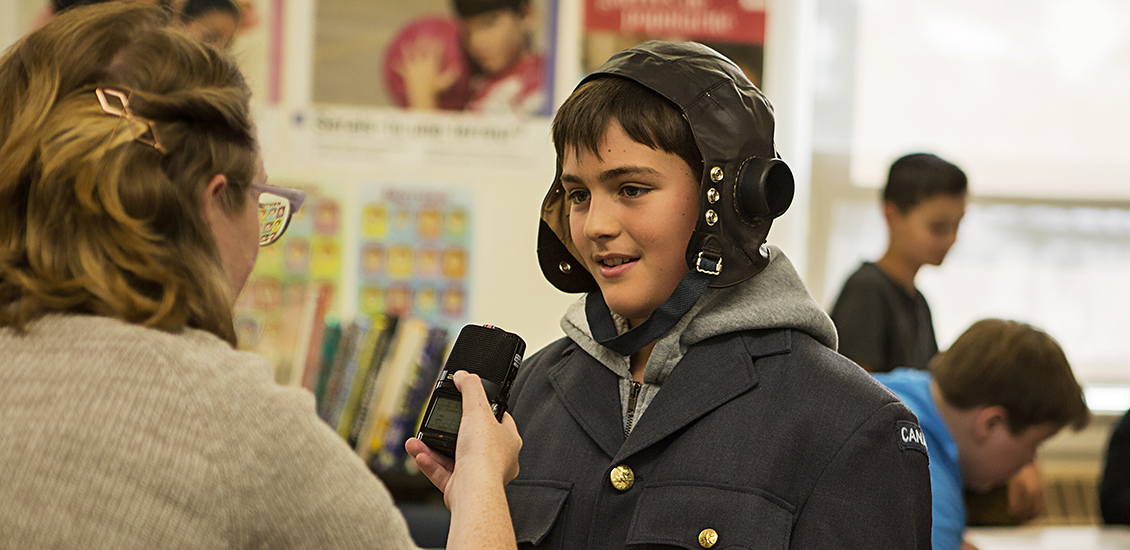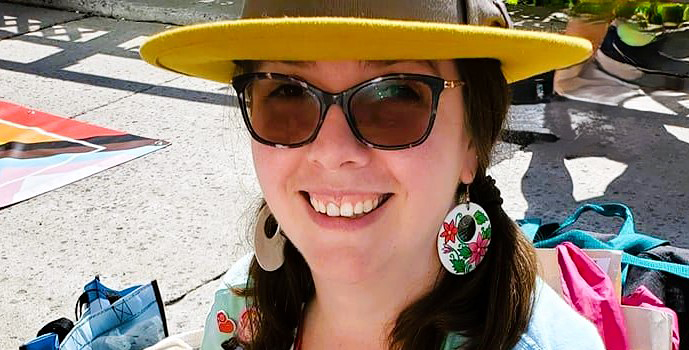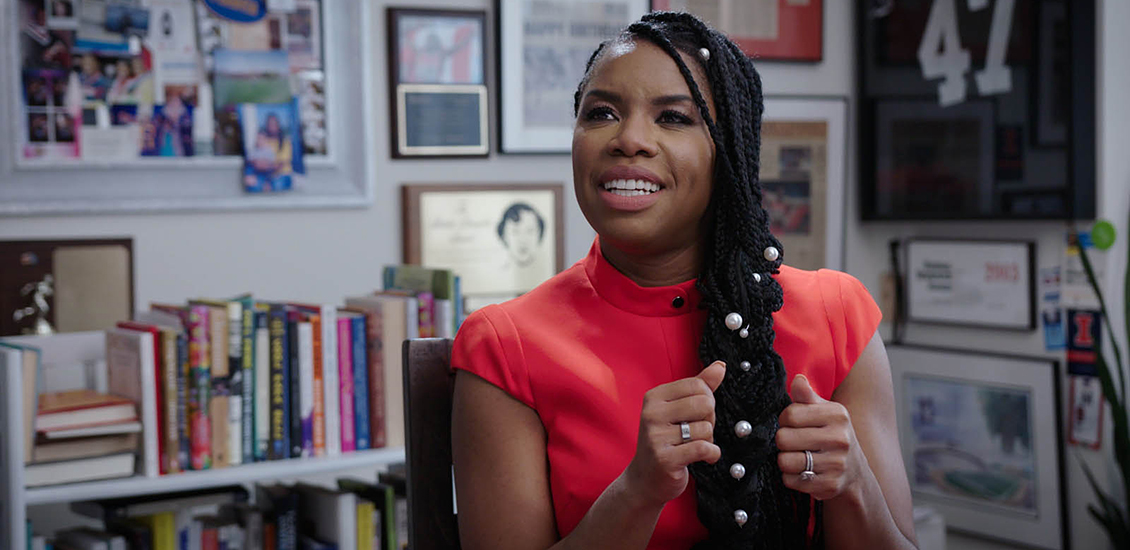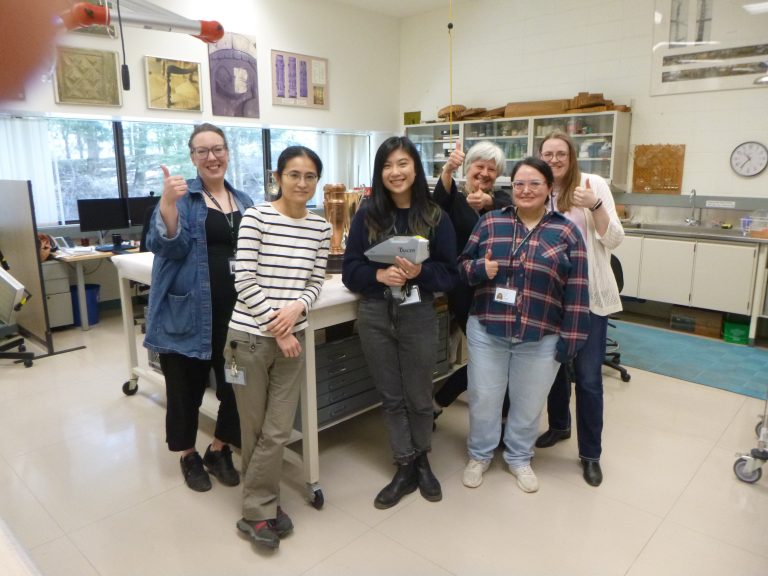
Museum Collections employees with spectrometer, giving thumbs up. Photo: Courtesy of Jennifer Ann Mills
Donors from Newfoundland and Labrador to British Columbia and Northern Canada have made it possible to preserve and understand historical objects at a whole new level. The conservation and research experts at the Canadian Museum of History and the Canadian War Museum want to say a huge thank you!
Our specialists have wanted a portable X-ray fluorescence spectrometer for a long time but, as Shirley Lam, Objects Conservator at the War Museum says, “It seemed like a dream that would never come true.” Thanks to you, though, we received one in March! The tool will be used to identify the exact composition of objects in the collection, which will enable staff to better understand their origin and history, and determine the most appropriate conservation methods.
First, we ensured that staff received proper training to safely use the spectrometer. Now, they’re busy using it to care for historical objects.
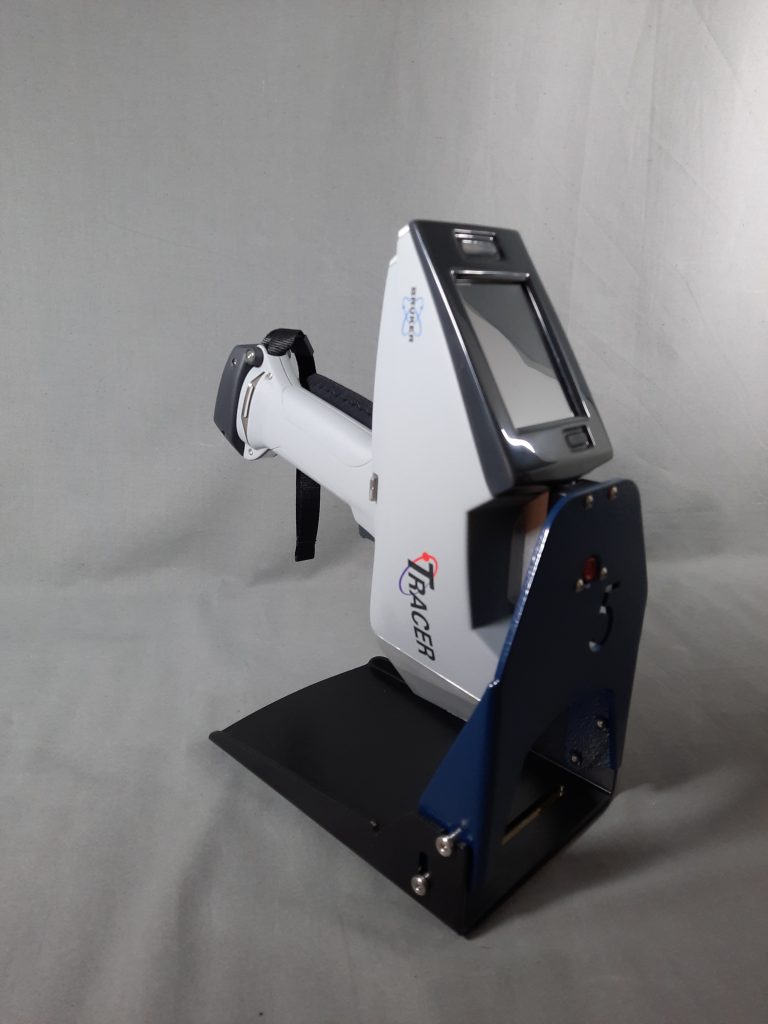
X-ray fluorescence spectrometer – Photo: Courtesy of Linda Kincaid
What will this technology make possible? Here’s one example: The War Museum has over 250 identification discs. Worn by Canadian soldiers in the First and Second World Wars, they identify details like service number, name, rank and unit. The spectrometer will allow us to learn exactly what these objects are made of, so that we can use the best preservation methods to prevent their deterioration.
As the specialists at the War Museum become more familiar with the spectrometer, they’ll delve into bigger projects, like analyzing Victoria Crosses. A recent study suggested that the Crosses are not all made of the same metal, as previously thought. Studying this may help to uncover information about where and how they were made, and why there are differences.
At the Museum of History, the spectrometer is being used to analyze Indigenous beaded items, some of which are starting to deteriorate. By determining the composition of the beads, we may be able to discover the common factor in their deterioration and slow down or even prevent further damage.
Jessica Lafrance-Hwang, Manager of Conservation and Preservation at the Museum of History, led the efforts to acquire the spectrometer. She echoes the appreciation of the team, saying, “Without your support, none of this would be possible.”
A special thank you to Dr. Janice Pasieka (in memory of her parents Joyce and Arnold Pasieka), the Gill Ratcliffe Foundation, Garry Comber and all of the donors across Canada who made this purchase possible.

